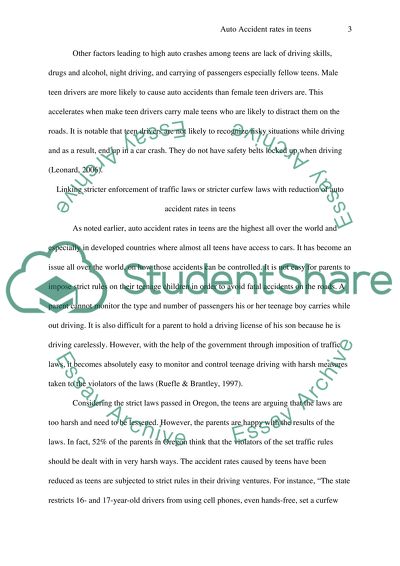Cite this document
(“Auto Accident Rates in Teens Research Paper Example | Topics and Well Written Essays - 1500 words”, n.d.)
Auto Accident Rates in Teens Research Paper Example | Topics and Well Written Essays - 1500 words. Retrieved from https://studentshare.org/family-consumer-science/1447908-auto-accident-rates-in-teens
Auto Accident Rates in Teens Research Paper Example | Topics and Well Written Essays - 1500 words. Retrieved from https://studentshare.org/family-consumer-science/1447908-auto-accident-rates-in-teens
(Auto Accident Rates in Teens Research Paper Example | Topics and Well Written Essays - 1500 Words)
Auto Accident Rates in Teens Research Paper Example | Topics and Well Written Essays - 1500 Words. https://studentshare.org/family-consumer-science/1447908-auto-accident-rates-in-teens.
Auto Accident Rates in Teens Research Paper Example | Topics and Well Written Essays - 1500 Words. https://studentshare.org/family-consumer-science/1447908-auto-accident-rates-in-teens.
“Auto Accident Rates in Teens Research Paper Example | Topics and Well Written Essays - 1500 Words”, n.d. https://studentshare.org/family-consumer-science/1447908-auto-accident-rates-in-teens.


